Everybody knows that blogging is important.
This is 2017!
A recent survey by Michael Stelzner published on Social Media Examiner shows that 68% of marketers use blogs for content marketing
But once you have a blog, you need traffic.
You need backlinks and organic visitors searching for the answers, products, and services you provide.
Guest blogging is the best way to do all that, and I’m going to show you how.
I guest blog all over the Internet.
I have a page on Inc, where I dispense marketing advice.
Having my picture featured on such a prestigious business magazine is a big accomplishment for me.
It’s far from the only one.
I’ve been in the business a long time.
You can find my entrepreneurial advice on Forbes and Fortune, too.
I’m also on Huffington Post and Entrepreneur, among others.
Those are just the mainstream publications. It wasn’t easy to get to that level.
Not everybody can do it. Some try their entire careers to get published in such places.
I’m showing you what I can do now, but I started small.
I started out with niche industry blogs writing about SEO, social media, blogging, and other forms of digital marketing.
I have a profile on HubSpot.
You can find Neil Patel articles on any of your favorite SEO and digital marketing blogs.
It’s what I do.
I know what you’re thinking.
“Neil. That’s great that you can guest post so many places. But how do I do it?”
This is your guide for exactly that.
We’re going to explore how you can effectively guest blog like I do all over the web.
Every guest post is different, and I’ll show you how to target the right places with the right messages.
There are four key components to a blog proposal.
They’re the publication, the pitch, the post, and the promotion.
Before diving into them, let’s discuss the difference between bloggers and journalists.
Each has its own nuances in reaching out for guest posts.
The difference between blogs and media outlets
Before the Internet, we only had magazines, newspaper, radio, and television for media.
We refer to those channels as “mainstream media,” and they include brands like Fox News, CNBC, The New York Times, and more.
Even though these mainstream media outlets have websites, they’re actually considered news media.
And there are Internet platforms and groups that have risen to become “mainstream media” as well.
Websites like Huffington Post, Google, and Yahoo! are known as great news aggregate sites for a variety of news blogs.
I have an author profile on HuffPost.
While HuffPost has original political news reporting, its staff is minimal.
Blog contributors like me (along with syndicated RSS feeds like the Associated Press) make up the bulk of its content.
Independent publishers often start blogs, and these blogs are often part of a network.
Take the Gizmodo Media Group, for example.
It’s a network of popular blogs including Deadspin, io9, Jezebel, Jalopnik, Kotaku, and Lifehacker.
Gawker was a part of the group, too, until Hulk Hogan’s lawsuit disbanded the brand.
These blogs feed traffic into each other and are stronger together than any one would be alone.
They’re also run much like standard media companies.
Some bloggers like myself have blogs under our own name rather than using a brand.
Pitching a blog to me is different than pitching to a media organization.
While mainstream media follows typical processes, individual bloggers often make up their own rules.
I’m always open to pitches and follow strict editorial guidelines, but not all bloggers do.
Approaching a blogger who may not realize they’re the top search result for a keyword you’re hoping to rank for may take a different approach.
Media outlets are used to getting pitched article ideas all the time.
In fact, there’s a website that allows you to do it easily in one place.
It’s called Help a Reporter Out, or HARO for short.
With HARO, you can scan open queries from blogs and podcasts to magazines, TV channels, and radio outlets.
As a HARO source, scanning your email three times a day for the morning, afternoon, and evening editions can get you sourced in a ton of outlets.
You’ll typically only be providing a sourced quote, but often it can lead to other media appearances and interviews.
But this is just the start of your journey into guest blogging and media appearances.
Let’s explore why guest blogging matters anymore.
Why does guest blogging matter?
I can talk all day about the results I’ve gotten from guest blogging. It’s a huge driver of traffic for me.
Not only does it establish me as an authority in my industry, but it also builds backlinks to my blog.
According to SEMrush, I now have over 164,000 backlinks to NeilPatel.com.
I built a large majority of those through guest posts.
But I’m far from the only person doing it.
Guest blogging has long been used by marketers to establish credibility and relevancy.
Mobile developer and entrepreneur Silvio Porcellana recently did a study of his guest blogging efforts to learn that his traffic increased by 20%.
He published 44 guest blogs on 41 different platforms over the course of 5 months to achieve this.
After seeing the benefits, guest blogging became a regular part of his content marketing plan.
In fact, blog content creation was found to be a top content marketing priority for 60% of respondents to HubSpot’s State of Inbound report.
Professional media outlets and bloggers will be editing your guest blogs, as well.
Very few places will publish something without reading and editing it first.
This is where you’ll receive valuable constructive feedback to improve as a writer.
Don’t overlook the opportunity.
Now that you’re ready to get started, let’s take a look at how to find your ideal publications.
Researching your ideal publications
For your guest blogging efforts to matter, you need to find publications with audiences larger than yours or that are otherwise unreachable.
This requires some research.
There are a few ways to gather a good list.
Obviously, you can go off your memory and experiences to fill in a few blanks, but we’ll start from scratch for the purposes of this guide.
That means we’ll need to check SEMrush to see who our competition is.
My main competition comes from Backlinko, QuickSprout, Wordstream, Kissmetrics, and Moz.
These are great places to start guest blogging.
But there are still plenty of other places to check out.
Next, we’ll do a simple Google search for “Best SEO blogs.”
Google recommends the Digital Marketing Institute, Search Engine Land, and SEO Book.
That’s three more publications.
Now I can dig deeper into SEO blogs, but I want to spread my reach wide.
When searching “Best content marketing blogs,” we get a list from the Content Marketing Institute, which is another great place to guest blog.
Now we have a ton of influential marketing blogs to pitch to, but I’m not done yet.
Mainstream media outlets (especially with a tech or business focus) are also good places to pitch.
In searching for the “best business blogs” on Google, we get even more options.
TechCrunch, Business Insider, Inc, and Huffington Post will surely be interested in guest posts about digital marketing.
We can also check Time’s list of 2017’s most influential people on the Internet to hunt down blogs for each person.
This gives us a big pool to work from.
But you’ll need to find the contributor guidelines page for each of these publications.
This is where you’ll find out where to send your pitch, what the publication expects, and any other information.
Some outlets pay contributors and this is typically outlined in the blogging guidelines.
Keep in mind that if you don’t follow the publication’s editorial guidelines to the T, your pitch will likely be rejected.
And following the guidelines isn’t a guarantee of publication, either.
To ensure that your guest blog is accepted, you’ll need to craft the perfect pitch, which I’ll discuss next.
Crafting the perfect pitch
Pitching is an art form in and of itself.
In my early days of blogging, I used to joke that I spent 10,000 words pitching for every 1,000 published.
If you’re not careful, you can waste a lot of time.
The Content Marketing Institute, for example, isn’t currently accepting guest post submissions.
Pitching an article here may be a good idea, but you’ll have to wait until they find you.
Some publications prefer that you write the article first, while others want a pitch before the article is written.
Wired is a publication that accepts both.
They also have a specific email address and subject required to be read.
Following their instructions, my blog pitch for this article would be “Op-Ed Pitch – The Ultimate Guide to Crafting a Guest Blogging Proposal.”
If I don’t include that subject, my proposal will never be read.
Email subjects are important if you want your message to get read.
In fact, it’s also likely the email pitch you send will be opened on a mobile device.
Keep this in mind when crafting your email.
Keep it short, simple, and to the point.
Typically a paragraph explaining who you are and why you’re an expert is appropriate.
After that, pitch your article (or attach it, copy and paste it, or do whatever the publication requires).
Of course, even if your pitch is accepted, you’ll need to follow up with a great article.
Writing a guest post that’ll impress
Writing a blog post is often harder than it sounds.
Even if you’re an expert like me, it can be difficult to organize and present the information the right way.
But, when following a process, you can write the ultimate blog post to rank in Google’s top 10 every time.
We start with the topic, which we already pitched to the publication to get accepted.
If you’re having trouble coming up with a blog topic, HubSpot’s blog topic generator tool is a great place to start.
Using this tool, you can input your most popular post keywords and categories to formulate some blog topic ideas.
I blog about content marketing, blogging, and content creation a lot, so we enter them in the tool and get a list of options.
You’ll notice listicles are very popular online.
Some publications love them, while others avoid them like the plague.
Be sure to find out whether or not your guest post can or should be a listicle before writing.
Quora is another great place to mine for blog topics.
In fact, I’m both a person and a topic on this popular social forum.
My readers always want to ask questions, and Quora is a great place to mine for these.
I could probably start an “Ask Neil Patel” column from all the questions I get.
Once we have a topic, it’s time to research 3 to 5 key points.
These will be our headings.
Here’s a quick outline of where it fits into your blog.
I always use a heavy-hitting hook and a magnetic introduction.
After that, I’ll make my points, with the most critical point at the beginning to keep readers moving through my blog.
Then I craft a close that motivates and inspires.
Once you have this outline created, it’s an easy process to research the points and fill in each header.
Don’t forget to add hyperlinks for any sources used for statistics, images, or other supporting data.
This is also a great time to reference your other material.
You’ll notice I linked back to my own HuffPost, Forbes, and other blogging profiles.
It’s a great link-building strategy that I use whenever I guest blog.
By building a wide network across so many platforms, I’m raising my importance in Google search rankings.
Backlinks on credible news sites are a great way to improve your SEO rankings. And you can put them there yourself through guest blogging.
While each blog post will be different based on the publication’s requirements, there are a few key things to watch for.
Be sure to hit the recommended word count.
Digital marketers always preach about word counts above 2,000 words being best for SEO.
However, media outlets aren’t interested in word counts. They’re journalists, not marketers.
These publishers will often ask for strict word counts of 1,000 words or less, 600-1,200 words, and so on.
This means that a blog you wrote for your website or another publisher may not work.
Also, many require original work. If you are allowed to republish, there’s often a time limit imposed before you can republish.
Tone and perspective are also specifically targeted often. Many publications prefer you speak in the first, second, or third person.
If you don’t follow the guidelines explicitly, the editorial staff may reject your submission.
Once you’re done writing your guest blog post, it’s time to send in to be published.
But you’re not done with your proposal yet.
After publication, many outlets ask contributors to promote posts across social media.
Even those that don’t will be happy to receive the traffic boost you can provide.
Don’t forget to promote your guest posts
Social media is one of the most important promotional channels for blogs.
Facebook, YouTube, and instant messengers are reportedly used by a majority of consumers more than once a day.
This means you can’t afford not to promote your blog posts throughout these channels.
Facebook, Twitter, LinkedIn, Tumblr, and StumbleUpon are great places to share offsite blog posts.
Blog posts drive a lot of my Facebook traffic.
I also regularly share blog content on my Twitter account.
You’ll notice that Twitter uses more hashtags and has a shorter character count than other platforms.
This is why each social network should get a personalized share.
Blog posts also add more visual content to your social media, making them more likely to be read by followers.
In fact, the Digital Marketing Institute recently found that content with images gets 90% more views.
This makes sharing relevant blog content great for both your social media and blogging efforts.
While you won’t get a direct SEO benefit from this social share, you’ll get referral traffic if you remembered to link to your website.
By promoting your guest posts on social media, you’ll increase the page views of your post and hopefully impress your host.
A popular guest blog can get you invited back for other posts and possibly even a column.
And if you get paid for your appearance on top of this, even better!
Conclusion
Writing a blog post for your own company website is one thing. Getting it published on a major media outlet or popular blog is a whole other beast.
It’s not impossible, though, and people do it all the time.
I’m one of them.
Guest blogging is an important part of my content marketing strategy because it establishes me as a thought leader and builds my brand.
People who read my thoughts in Forbes will look at it differently than if they viewed the same content on my own blog.
It’s a non-promotional way to get your thoughts out there and draw in customers.
Guest blogging is especially useful for B2B businesses.
You can do it too by following the steps in this guide.
What publication have you always wished you could guest blog on?

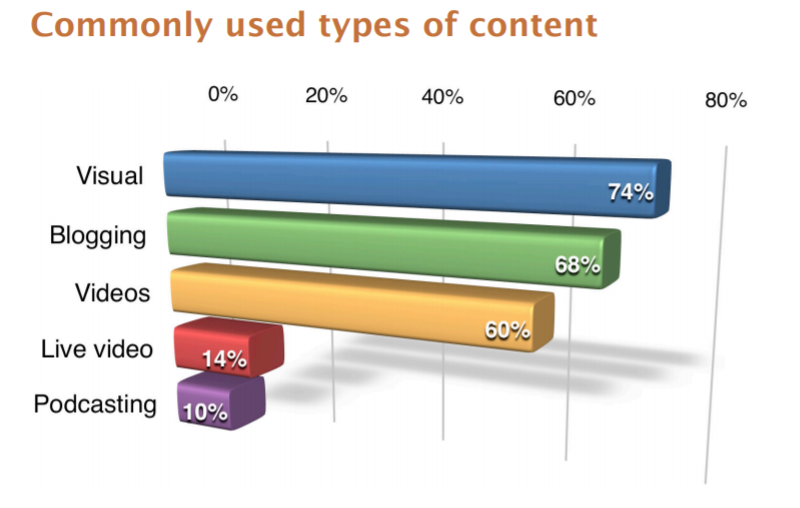







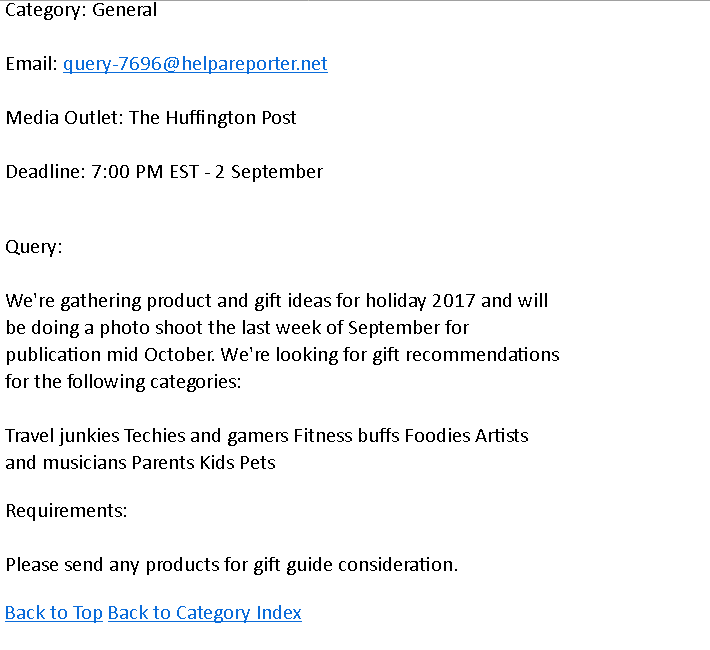
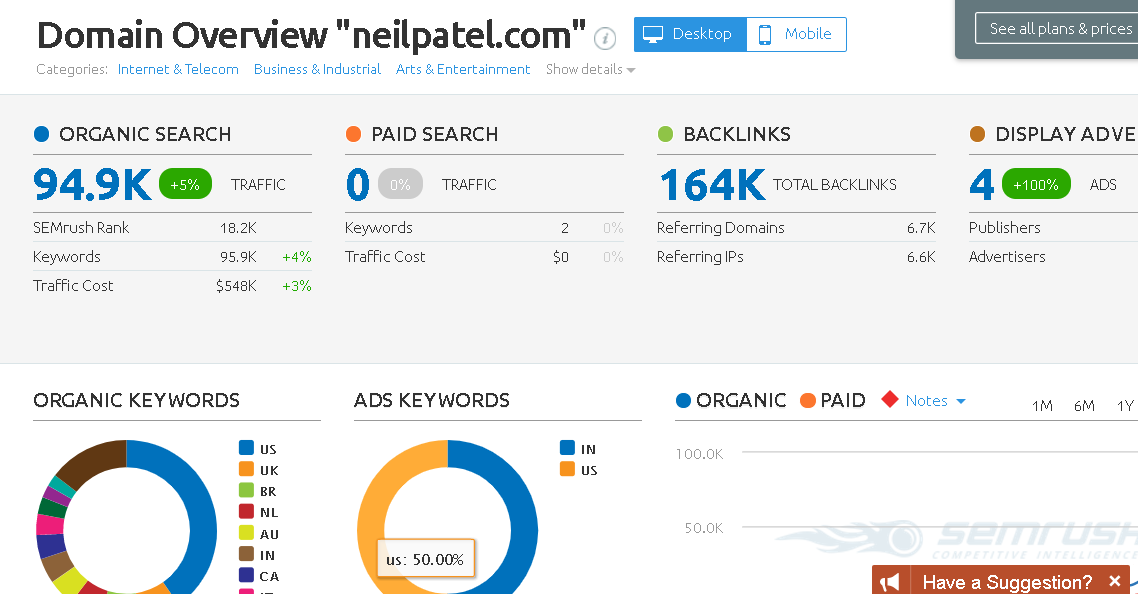
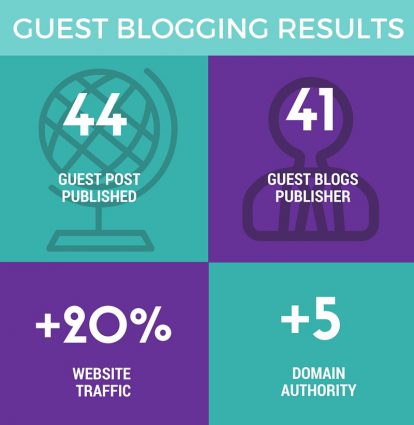

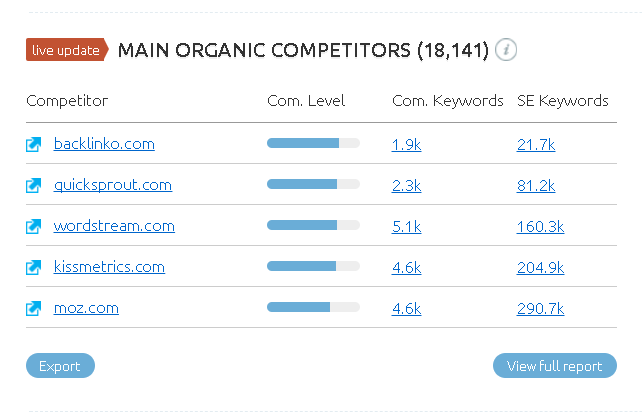
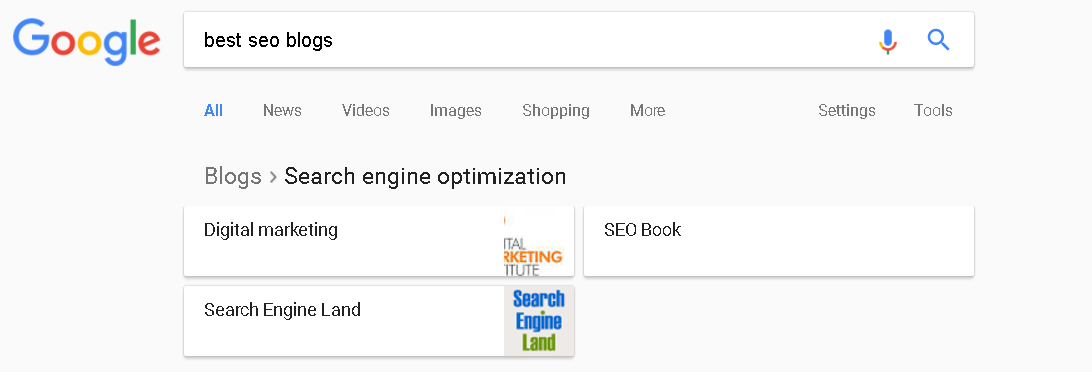
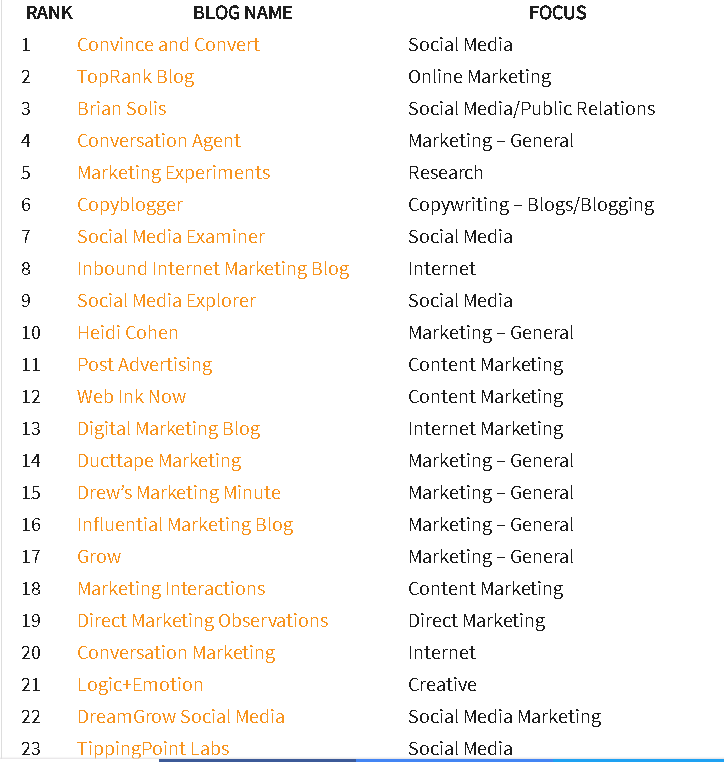
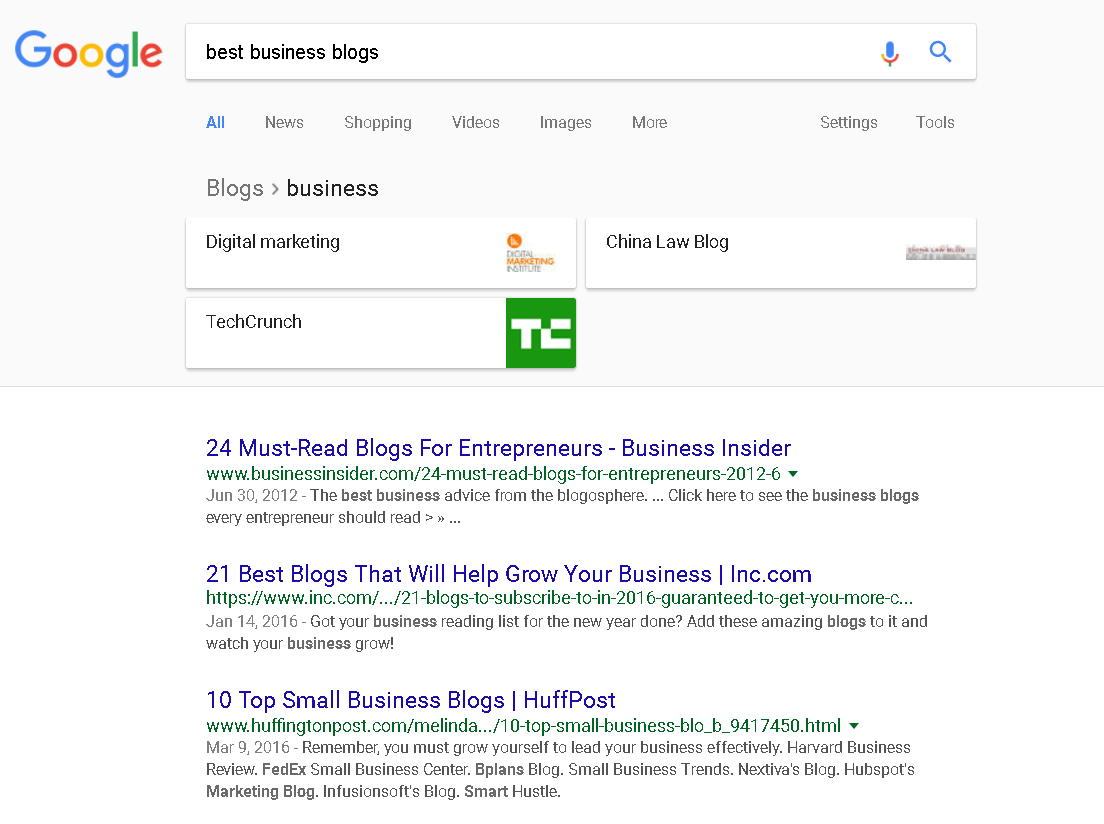
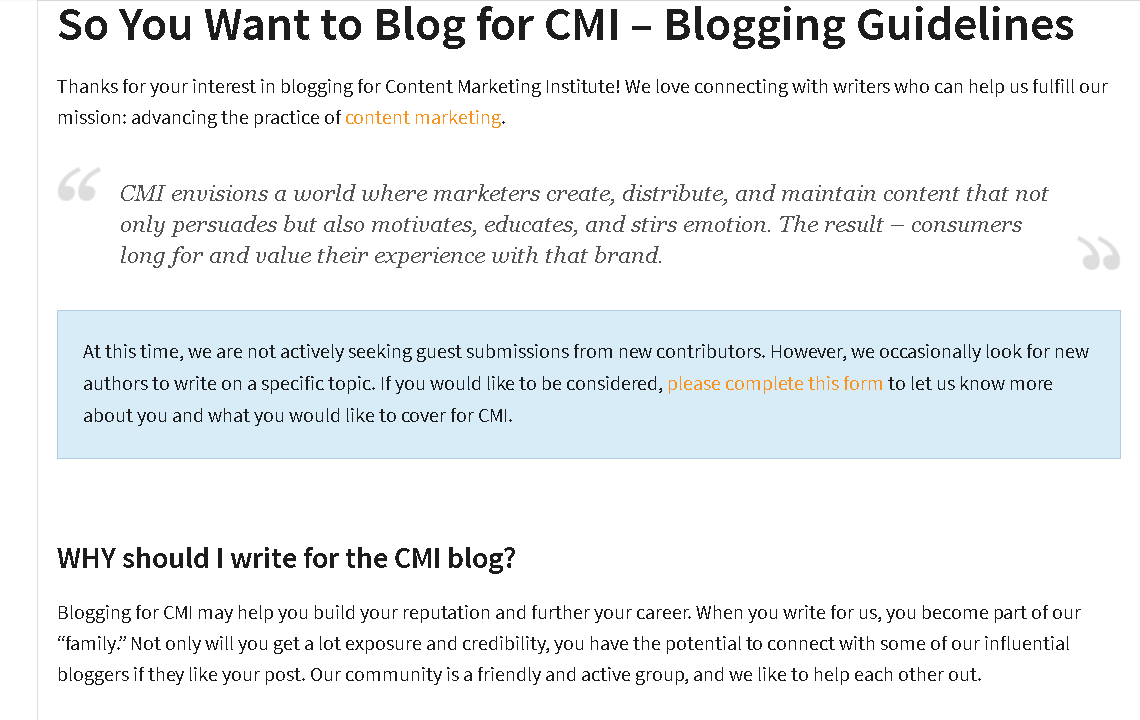
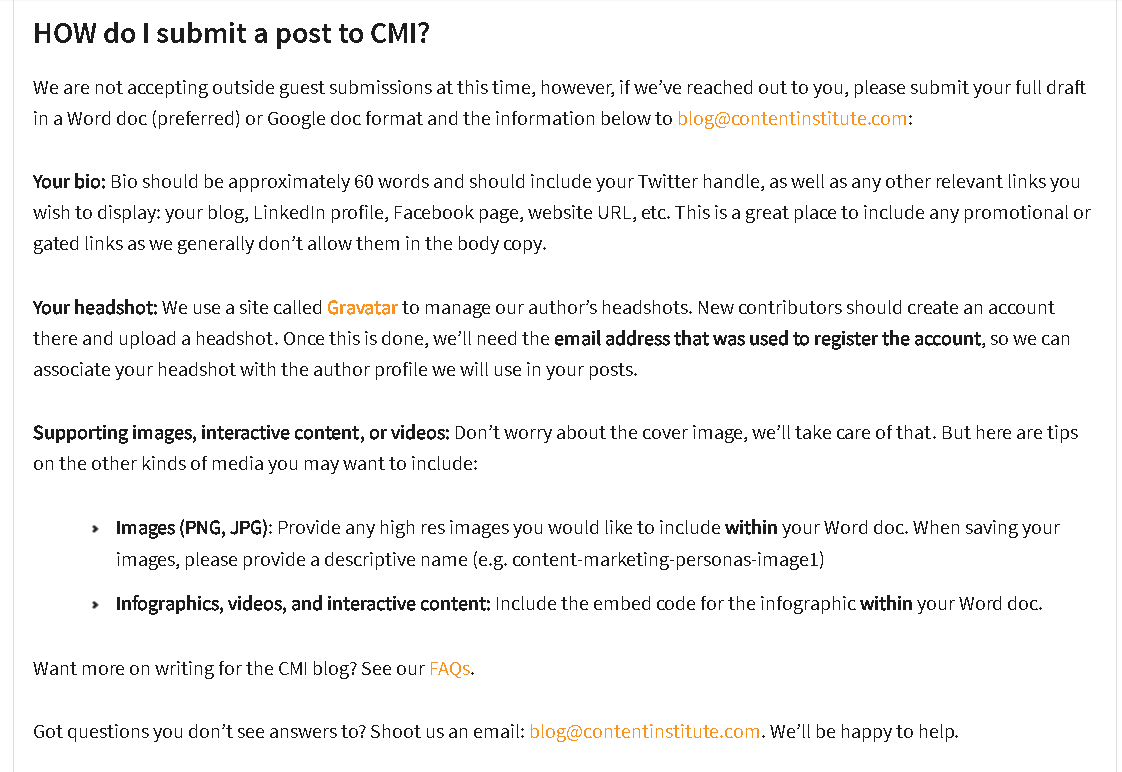



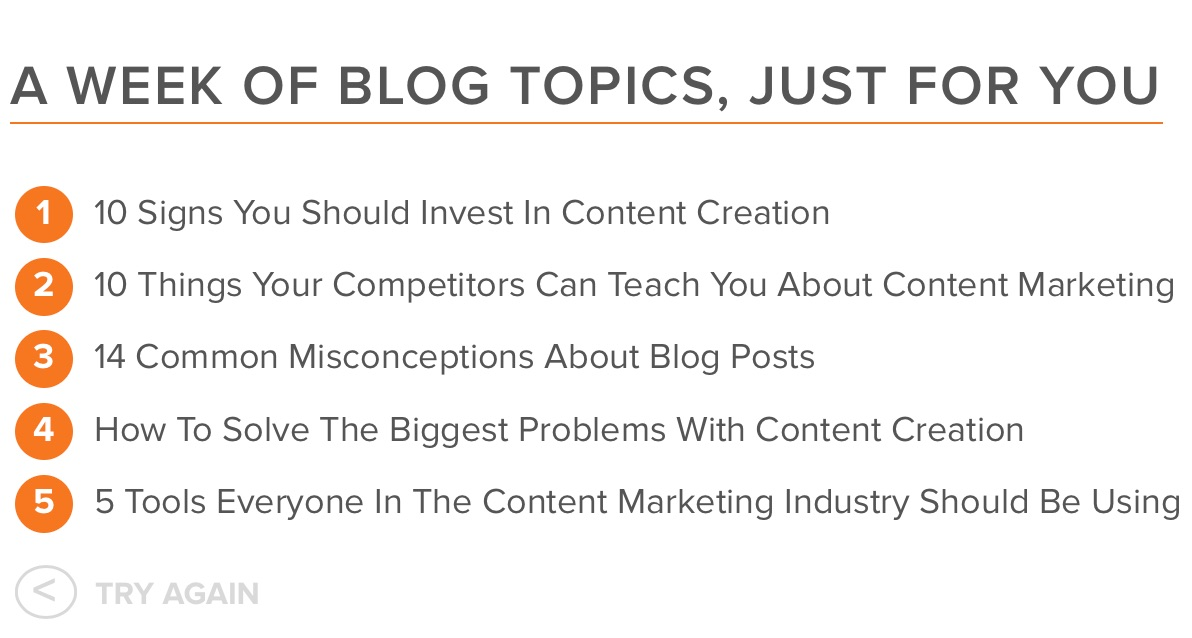
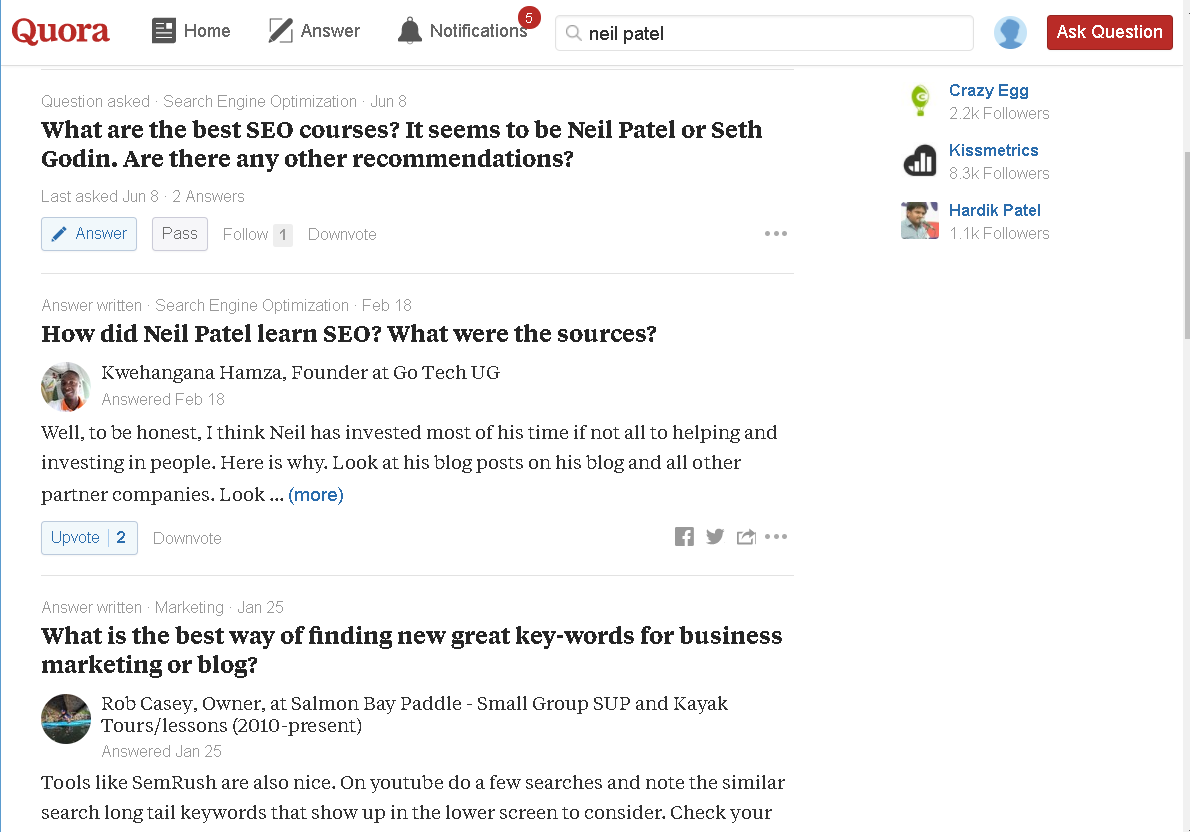
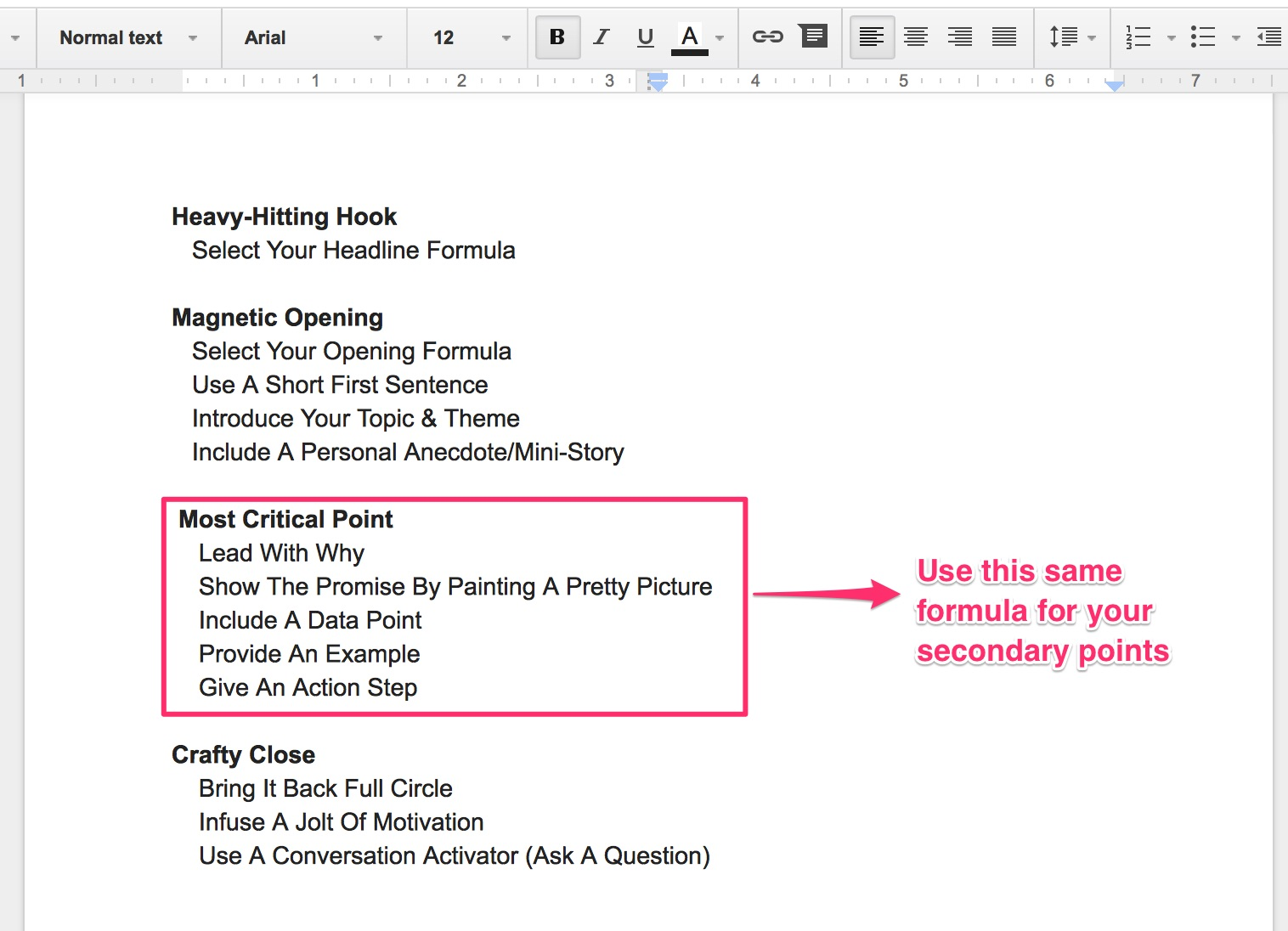
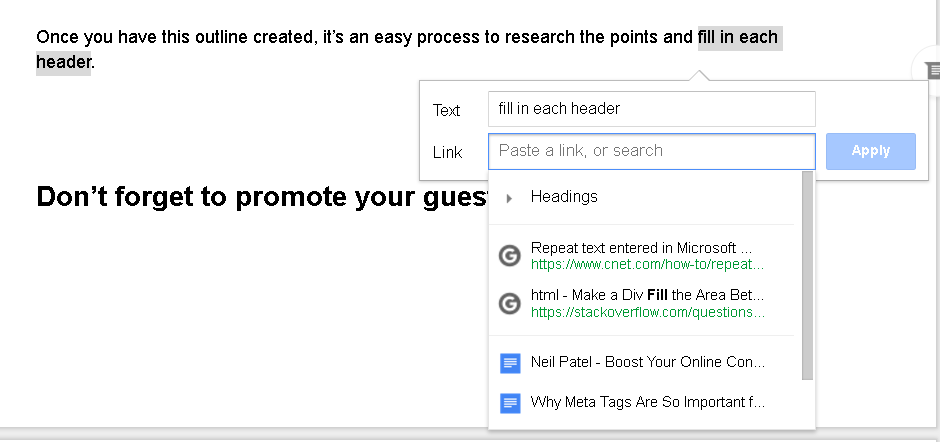
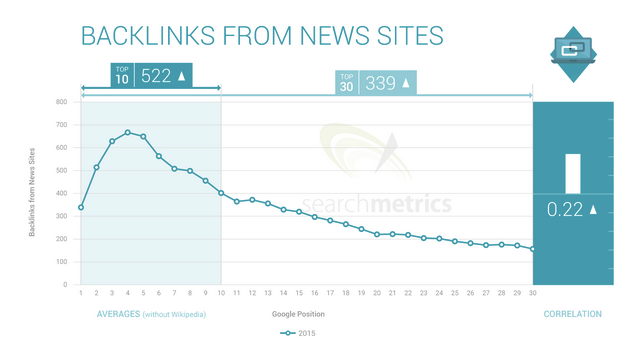
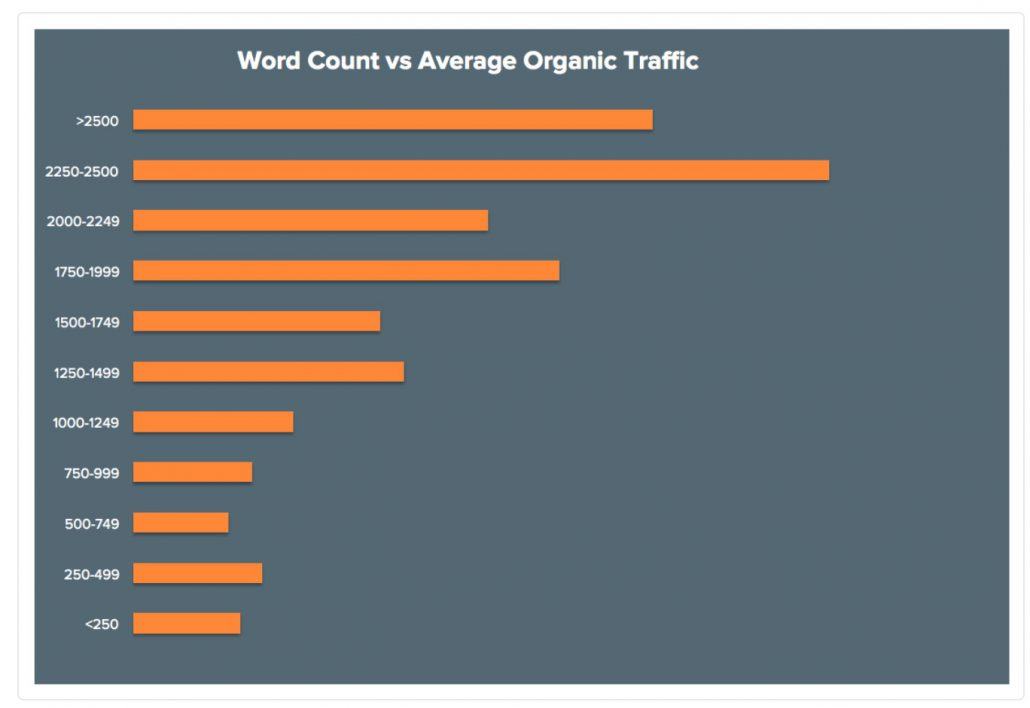
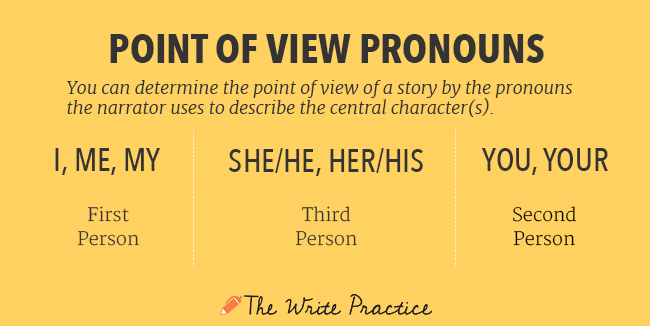
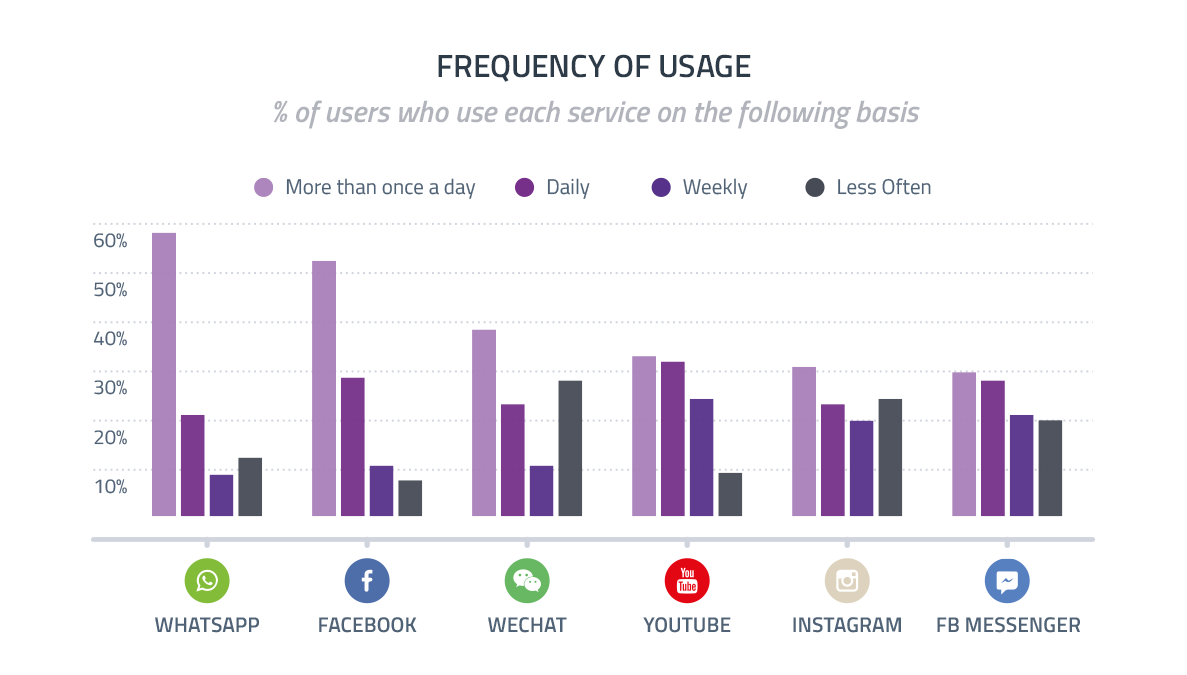
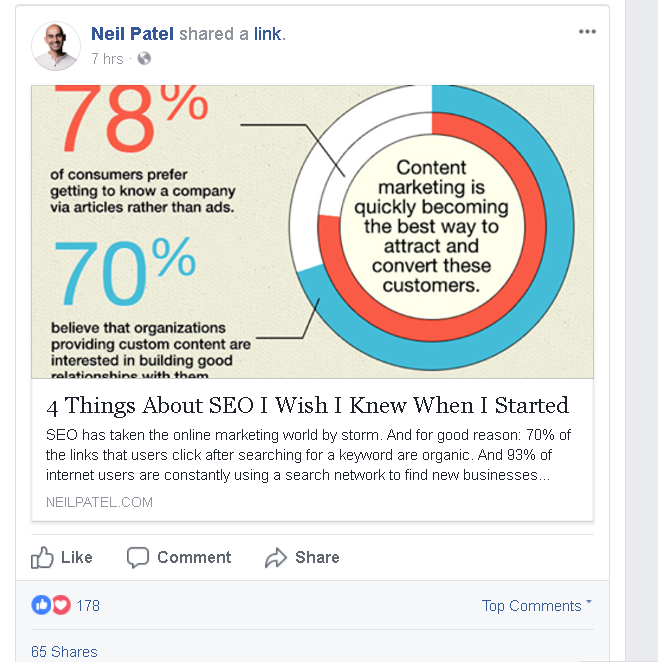
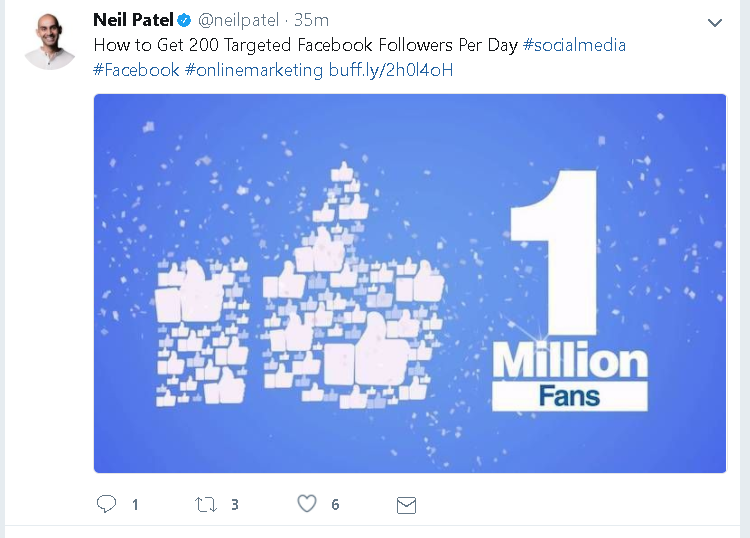

Comments (18)